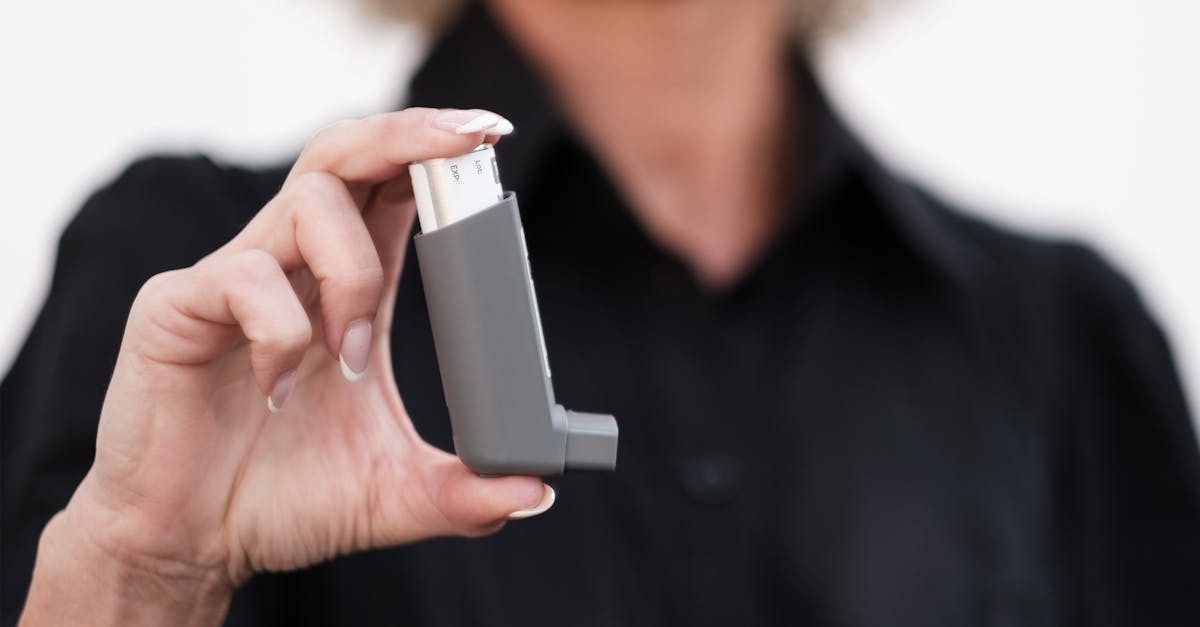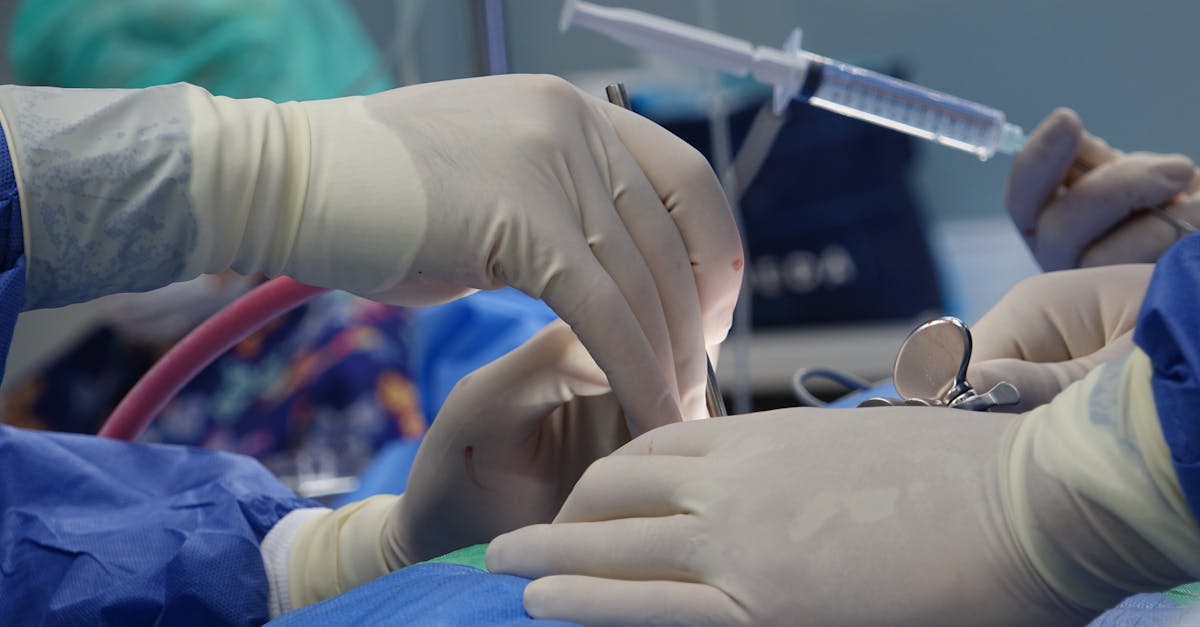In Short, chronic labyrinthitis is a complex vestibular disorder characterized by inflammation affecting the inner ear. Individuals suffering from this condition often experience debilitating symptoms, including vertigo, dizziness, and balance issues. The benefits of understanding and addressing chronic labyrinthitis include improved quality of life and restored stability. Treatment approaches vary and may include medications to alleviate symptoms and therapies that enhance recovery. By exploring patient testimonies, we uncover how effective treatment can allow individuals to reclaim their independence and confidence in daily activities. |
Chronic labyrinthitis can significantly affect one’s quality of life, leading to debilitating symptoms like *dizziness*, *imbalance*, and *hearing loss*. Yet, through shared experiences and testimonies of individuals who navigated the difficult path of recovery, it becomes evident that hope is a vital component of healing. Many have transformed their lives after receiving appropriate treatments, reclaiming stability and confidence in their daily activities. These stories highlight the power of resilience and the importance of advocating for oneself in the face of this challenging condition.
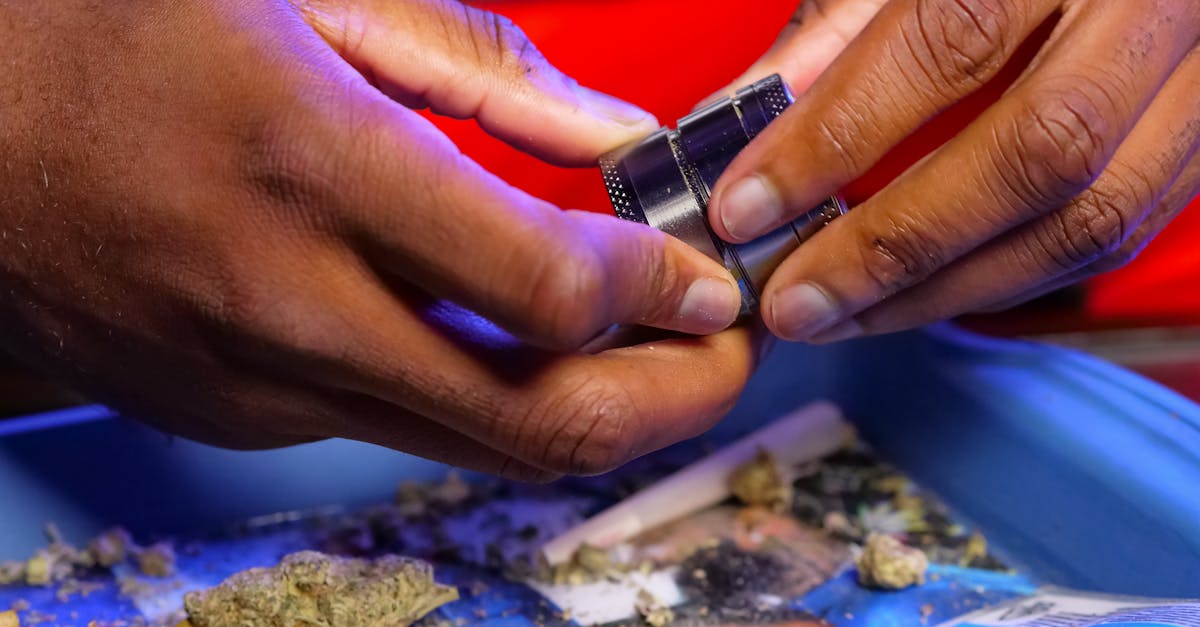
Rediscover Balance and Well-Being with Pulse Align
At Pulse Align, we believe in the power of gentle, effective wellness solutions that help restore the body’s natural balance and posture. Our innovative method employs gentle, imperceptible pulses that support your body’s recalibration process. This non-invasive approach not only promotes muscle tone symmetry but also aids in alleviating discomfort related to tension and imbalance, enhancing overall well-being for clients of all ages.
Natural Recalibration for Improved Comfort
Rather than focusing on discomfort or specific conditions, Pulse Align invites clients to experience a unique wellness journey where the body is encouraged to recalibrate itself. By creating a supportive environment for natural processes, clients often enjoy improved comfort and posture without the reliance on medical interventions. This holistic approach highlights the body’s remarkable capacity for self-restoration, allowing individuals to enjoy enhanced daily activities and overall vitality.
Personalized Wellness Journey for Every Client
At Pulse Align, we take pride in our personalized approach to wellness. Our committed team has guided numerous clients in experiencing reduced tension, improved postural balance, and greater overall wellness. Testimonials from individuals reflect these remarkable journeys, emphasizing how their newfound comfort enabled them to reclaim their daily activities and enrich their lives. By prioritizing your unique needs, we ensure that each experience is tailored to help you rediscover your balance.
Explore Pulse Align for Your Family’s Wellness
If you’re located in La Prairie, Mont-Royal, Terrebonne, or surrounding areas, we invite you to explore the services we offer. Visit Pulse Align to find a nearby clinic and book a consultation for yourself or your family today. Our safe, non-invasive, and family-friendly approach to wellness complements your existing healthcare team, guiding you on the path to enhanced well-being.
Medical Disclaimer
The information provided on this site does not replace the advice, diagnosis, or treatment of a healthcare professional. Pulse Align focuses on promoting muscle tone symmetry and improved posture, which may enhance overall well-being. All clients are encouraged to stay under the supervision of their healthcare team. For more details, please read our complete Legal Notice.
- Alicia Hudnett: I reminded myself, “it is just my ear,” and focused on recovery.
- Gillian: Diagnosed with viral labyrinthitis, I found relief with Stemetil and rest.
- Susan: Overcoming severe vertigo post-labyrinthitis was a life-changing journey.
- Phyllis: After seven treatments, I regained my independence and balance.
- Shayla Love: Dizziness remained a mystery; invisible struggles were acknowledged.
- Others experiencing vestibular disorders: They rediscovered stability and improved their daily activities.
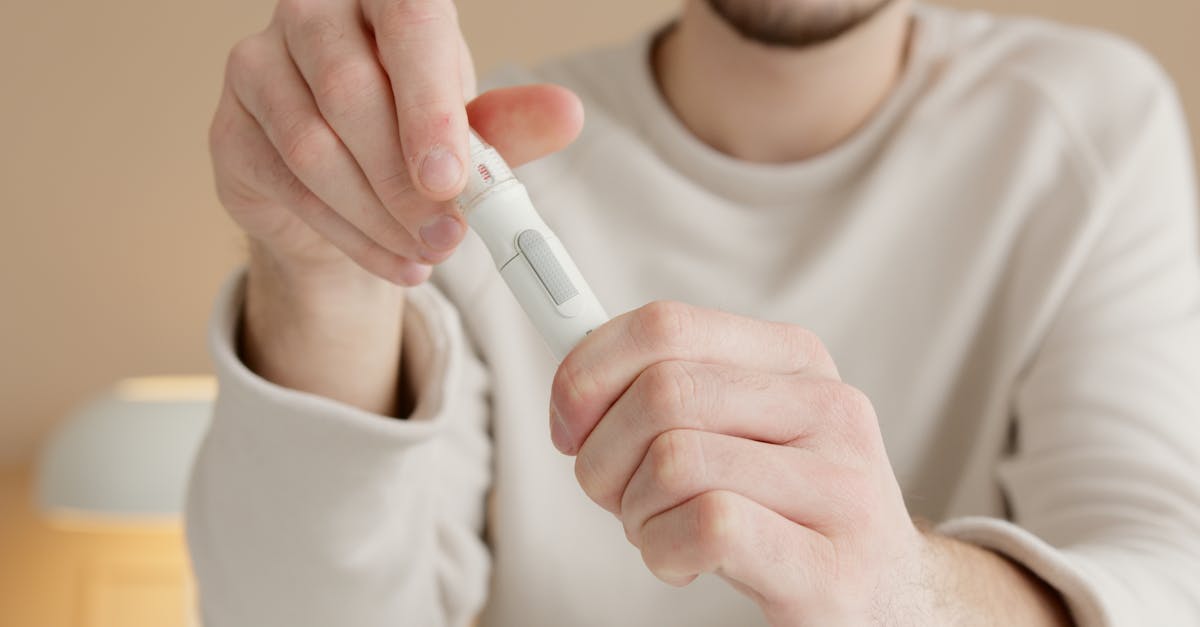
Understanding Chronic Labyrinthitis
Chronic labyrinthitis is a condition that significantly impacts the quality of life, often leading to debilitating symptoms such as dizziness, balance issues, and even hearing loss. Through the stories of those who have navigated the arduous journey of recovery, it becomes clear that with the right treatment and support, a renewed sense of stability can be achieved. This article explores the transformative experiences of individuals who have encountered chronic labyrinthitis and successfully reclaimed their health and balance.
Personal Experiences: Overcoming the Challenges
Alicia Hudnett’s story illustrates one of the mental hurdles faced during episodes of labyrinthitis. With the mantra “it is just my ear,” she continually reminded herself of her vitality amidst the chaos caused by her condition. Despite her profound struggles, which included relentless spinning and disorientation, Alicia exemplifies resilience in facing her diagnosis. Her approach highlights the importance of maintaining perspective, even on the most challenging days.
Treatment Approaches and Progress
Many individuals diagnosed with viral labyrinthitis have reported significant improvements after receiving tailored treatment plans. Gillian recounted her experiences with Stemetil medication, which provided temporary relief from her symptoms while allowing her the much-needed time to rest. Though prescribed medication is often a part of recovery, testimonies suggest that a holistic approach—integrating physical therapy, vestibular rehabilitation, and lifestyle adjustments—can enhance recovery timelines considerably.
Regaining Balance and Confidence
For Susan, the path to recovery involved a gradual re-engagement with physical activities that once dictated her daily life. Following her experience with severe vertigo caused by viral labyrinthitis, Susan shared the liberating moment after she began to notice regained stability. Her story illuminates how gentle exercise, mindfulness, and a gradual reintegration into regular routines markedly improved her quality of life.
Impact of Emotional Well-being
The psychological toll of chronic labyrinthitis cannot be understated. Patients often face a diminished quality of life due to the isolating nature of balance disorders. Phyllis, who underwent rigorous treatment over several sessions, recounts how overcoming physical symptoms also seemed to unshackle her emotionally. She regained her independence and confidence, highlighting the link between physical health and emotional resilience.
Broader Implications of Vestibular Disorders
As Shayla Love noted, dizziness and balance disorders frequently remain invisible to healthcare providers, creating an additional layer of frustration for patients. This reality emphasizes the necessity of open communication between patients and doctors, ensuring that symptoms are heard and understood. A comprehensive approach involving patient education and advocacy can further bridge the gap in understanding these complex disorders.
Incorporating Holistic Strategies
Emphasizing the importance of a holistic approach aligns with the principles promoted by Pulse Align. Patients can benefit greatly by exploring non-invasive treatments and modalities that emphasize the recalibration of the nervous system and the enhancement of neuromuscular health. Embracing techniques such as yoga, meditation, and structured vestibular therapy can offer substantial benefits.
A Call for Awareness and Action
Personal testimonies of those who have recovered from chronic labyrinthitis serve as powerful reminders of resilience and hope. They encourage a shared experience of learning and healing, showcasing the need for greater awareness of vestibular disorders. By openly discussing their journeys, patients contribute to breaking the stigma surrounding balance disorders and informing others about available treatments and strategies for empowerment.
| Individual’s Journey | Outcome |
| Alicia Hudnett – Labyrinthitis | Learned to cope with the condition, reminding herself of her resilience. |
| Gillian’s Recovery | Followed medical advice, took Stemetil, and rested until symptoms lessened. |
| Susan’s Transformation | Overcame severe vertigo post-viral infection, regained balance after treatment. |
| Phyllis’s Treatment Success | After seven sessions, her vertigo disappeared, restoring stability and independence. |
| Understanding Vestibular Disorders | Rediscovered confidence and improved daily activities after treatment. |
| Common Symptoms Experienced | Dizziness, balance issues, and hearing loss were prevalent among patients. |
| Chronic Sufferers’ Concerns | Ongoing battles with invisible symptoms, remaining unrecognized by healthcare professionals. |
| Inflammation Management | Individuals explored various treatments for chronic labyrinthitis. |
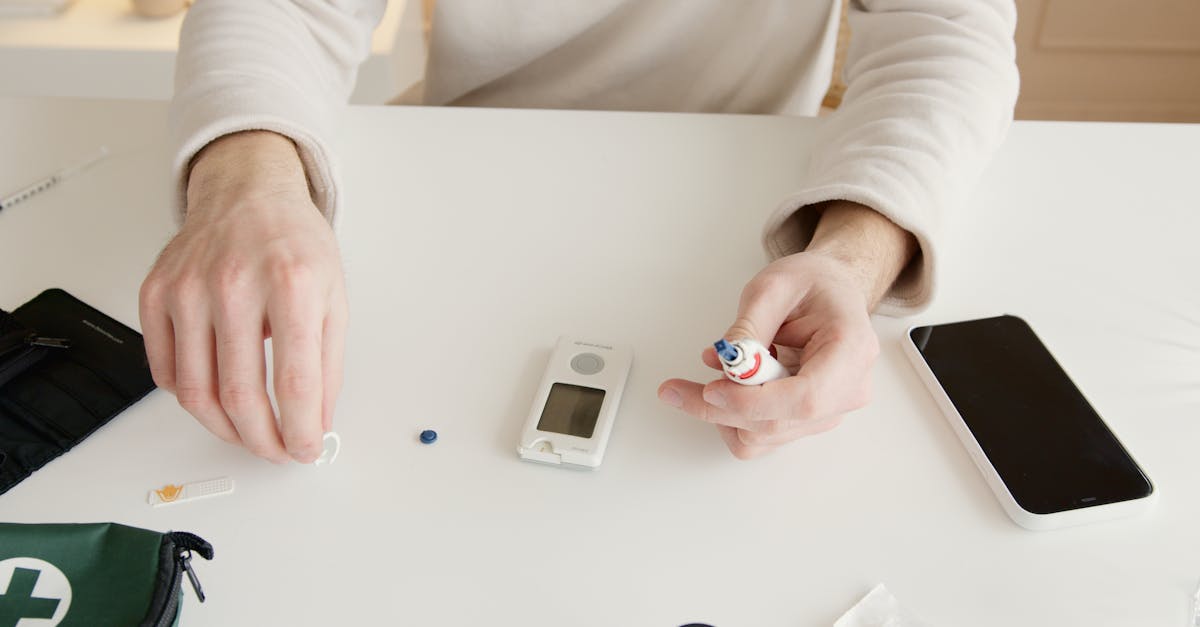
Transformative Wellness Journeys: Regaining Quality of Life with Pulse Align
Clients suffering from Chronic Labyrinthitis have found profound improvements in their well-being through the unique approach offered by Pulse Align. One client from Châteauguay recounted her experience, stating, “I was struggling with constant dizziness and imbalance, but after working with Pulse Align, I felt my body starting to recalibrate naturally. It’s as if my body finally remembered how to find balance again.” This sentiment resonates with many who have discovered how holistic recovery can nurture the natural abilities of their bodies.
In Mont-Royal, another individual shared their remarkable journey: “After months of feeling trapped by my symptoms, the personalized guidance from the team led me to regain confidence and stability in my everyday life. I never thought it was possible to feel this good again.” This testimony highlights how Pulse Align supports clients in aligning their wellness goals with effective strategies to manage vestibular disorders.
Clients in Terrebonne have expressed their gratitude for the continuous support provided by Pulse Align. “The holistic approach made all the difference for my labyrinthitis. I was amazed at how my symptoms started to dissipate naturally while participating in treatments focused on both mind and body,” one client enthusiastically reported. This emphasizes the importance of integrating various healing modalities to promote sustainable health.
For those residing in Sainte-Marie, Pulse Align has become a beacon of hope for restoring balance. A recent testimonial from a client stated, “From my very first session, I felt an improvement. It’s liberating to finally have a team that understands the invisible struggles of dizziness. I feel heard and validated.” This reflects how Pulse Align’s methodology addresses the invisible challenges that often come with vestibular issues.
Whether clients are in Chicoutimi or Deux-Montagnes, the impact of our services is being felt across the region. Many have found that our approach not only alleviates their symptoms but also empowers them to reclaim their quality of life. “Thanks to Pulse Align, I have regained my independence and can participate in activities I once avoided due to my vertigo,” shared a satisfied client from Saint-Jérôme.
At Pulse Align, we collaborate alongside healthcare teams to provide comprehensive support on each client’s wellness journey. Our clients often share their satisfaction with the seamless integration of our services into their overall health plan. For those interested in exploring our clinics, we invite you to visit Our Clinics to discover how we can help you restore balance, no matter where you are located.
Chronic labyrinthitis is a complex condition that affects the inner ear, leading to debilitating symptoms such as vertigo, dizziness, and balance issues. Among those who endure this condition, there are often stories of determination, resilience, and eventual recovery. The testimonies of patients who have faced chronic labyrinthitis reveal a journey marked by struggles but ultimately ending with a restored sense of normalcy and quality of life.
Alicia Hudnett recounts her experience with labyrinthitis with an emotional yet pragmatic approach. Despite the overwhelming symptoms that left her uneasy, she often reminded herself, “it is just my ear,” and “I am still alive.” This powerful mantra gave her strength during some of the most challenging moments. Her diagnosis came after experiencing significant dizziness and imbalance, leading to her fortunate discovery of effective treatments.
Another inspiring account comes from Gillian, who was diagnosed with viral labyrinthitis. Initially prescribed with Stemetil and advised to rest until her symptoms subsided, Gillian found solace in the care and understanding of her healthcare providers. Her experience illustrates how vital proper guidance and symptom management are when grappling with chronic conditions such as labyrinthitis. As her symptoms gradually diminished, she began to reclaim activities she once enjoyed.
Then there’s Susan, whose recovery journey serves as a testament to the potential for regaining a normal life after severe vertigo. Following her viral infection, she dealt with the aftermath of labyrinthitis, which severely impacted her balance and everyday activities. Through perseverance and access to specialized care, Susan was able to restore her wellbeing. Her story resonates with many others who might feel trapped by their symptoms, reflecting the triumph that can arise from adversity.
The impact of vestibular disorders like chronic labyrinthitis is profound, often affecting an individual’s ability to perform daily tasks. Patients frequently report feelings of isolation as their symptoms can be invisible to those around them, including healthcare providers. Shayla Love brought attention to this issue by highlighting that dizziness and balance disorders often remain unrecognized in their full extent, intensifying the burden on those affected. Loved ones may struggle to understand the reality of debilitating symptoms related to labyrinthitis, making quality care and support crucial to recovery.
Dr. Sylvain Desforges, an expert in osteopathy and manual medicine, has dedicated his career to healthcare innovation and is the founding president of TAGMED clinics and the ACMA association. He specializes in chronic pain management, and his approach integrates advanced technologies, including spinal decompression and shockwave therapy. Patients under his care have not only found physical relief but have also experienced renewed hope and an improvement in their overall health. His mission is clear: to provide evidence-based care that optimizes patients’ health and well-being.
The testimonies from individuals who have faced chronic labyrinthitis are a testament to the power of resilience and access to quality care. Whether it is Alicia’s motivational reminders, Gillian’s careful management of her condition, or Susan’s story of recovery, each narrative underscores the importance of hope and healing. As people share their journeys back to balance, their experiences inspire others facing similar challenges, fostering a community built on empathy and understanding.
Neurovertebral Decompression Technology by TAGMED: A Path to Recovery
Mechanism of Action
The neurovertebral decompression technique offered by TAGMED operates through a controlled and progressive traction force applied to the spine. This meticulously calibrated approach effectively increases the space between vertebrae, thereby alleviating pressure on intervertebral discs and nerve roots. The enhanced spacing facilitates improved fluid circulation in the targeted area, promoting a healthier environment for recovery. As pressure diminishes, inflammation is reduced, leading to significant pain relief for patients grappling with symptoms associated with conditions such as disc herniation, disc bulging, and moderate to severe spinal or foraminal stenosis.
Specific Benefits
TAGMED’s non-invasive method has been shown to effectively alleviate chronic pain and symptoms linked to various spinal disorders discussed in sources like Chronic Labyrinthitis: Testimonies of People Who Regained Their Quality of Life. By relieving pressure on neural structures and optimizing fluid circulation around discs, patients often experience expedited recovery times and a marked improvement in their overall quality of life. This technique minimizes discomfort during treatment and encourages patients to resume daily activities more swiftly, enhancing their well-being.
Comparison with Other Treatments
When compared to traditional therapies such as pain medications, corticosteroid injections, surgery, or standard physical therapy, TAGMED’s neurovertebral decompression technology presents distinct advantages. The non-invasive nature of this treatment lowers the risks associated with medications and surgical procedures, often resulting in a quicker recovery. Patients frequently report a higher tolerance to the treatment process and fewer long-term complications, making TAGMED a compelling option for managing conditions similar to those highlighted in patient testimonies discussed in relevant literature.
Case Studies and Testimonials
Numerous patients have shared their positive experiences with TAGMED’s neurovertebral decompression treatment. For instance, individuals have reported a lasting decrease in pain levels, enabling them to engage in everyday activities that were once hindered by chronic discomfort. They emphasize the importance of this therapy in reducing their reliance on pharmacological treatments, allowing for a more natural and sustainable approach to managing pain. Testimonials often underline the rapid advancements in their recovery journey, illustrating how effective this technique can be in regaining autonomy and improving life quality.
In conclusion, TAGMED’s neurovertebral decompression technology stands out as a promising alternative for individuals struggling with chronic pain associated with complex spinal issues. Its well-documented mechanisms, benefits, and real-life success stories demonstrate its potential to significantly enhance the lives of patients coping with debilitating conditions.
Chronic labyrinthitis can cast a long shadow over the lives of those affected, often manifesting as debilitating vertigo, persistent dizziness, and significant challenges in balance. Each individual’s experience can differ, with symptoms ranging from mild discomfort to overwhelming incapacitation. However, through shared testimonies, we learn about the resilience of the human spirit and the pathways to recovery that many have successfully navigated.
The stories of those who have faced chronic labyrinthitis reveal a common thread: a journey fraught with frustration yet ultimately filled with hope. Patients like Alicia Hudnett remind us that maintaining perspective is crucial—even amidst the spinning chaos, the mantra “it is just my ear” becomes a lifeline. Others, such as Susan, speak of the profound transformation that followed the dark days of viral labyrinthitis—a testament to the power of perseverance and treatment. Her recovery journey, marked by challenges, ultimately led to a remarkable rediscovery of balance and vitality.
Moreover, the experience of individuals such as Phyllis showcases the potential for recovery supported by innovative treatments and consistent self-management strategies. After several sessions of targeted therapy, she regained her independence and ability to engage meaningfully with daily life. These personal narratives emphasize the importance of both medical intervention and a strong support system in reclaiming one’s quality of life.
Central to these stories is the acknowledgment that while the path to recovery can be arduous, it is often attainable. These individuals serve as beacons of hope, illustrating not only the struggles faced by those with chronic labyrinthitis but also the profound strength found within each story of recovery.
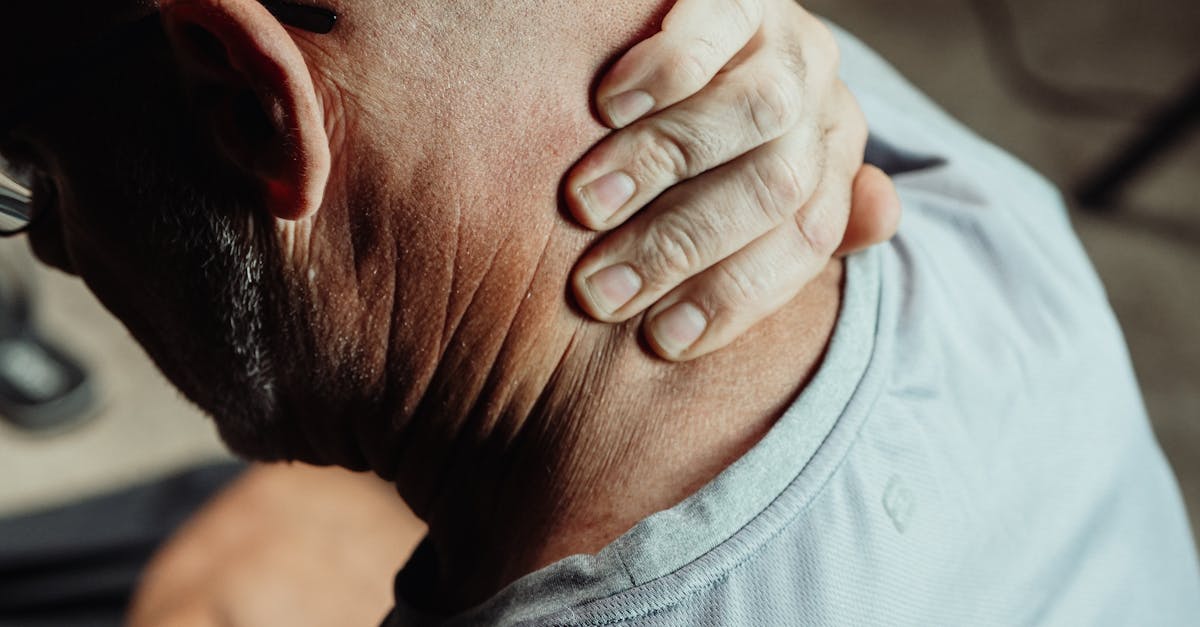
Do you suffer from a chronic condition that responds little or not at all to conservative treatments?
At Pulse Align, we embrace the power of gentle, non-invasive methods that support the body’s innate ability to restore balance and improve posture. Our innovative approach utilizes subtle and imperceptible pulses that work harmoniously with your body to recalibrate muscle tone and enhance overall well-being. Clients often report a newfound sense of comfort and improved posture as they experience this natural approach to wellness.
Rather than focusing on conditions or discomfort directly, Pulse Align promotes your body’s capacity to recalibrate itself naturally. This holistic perspective has led many clients to discover remarkable improvements in their overall wellness and functionality. The emphasis remains on fostering an environment conducive to relief and balance without implying specific treatments or outcomes.
We take pride in our personalized service, listening to our clients’ unique stories and experiences. Testimonials from individuals who have incorporated our gentle methods into their wellness journey often highlight significant enhancements in areas such as neck tension and overall comfort. Whether adjusting to everyday stresses or seeking ways to improve balance, our clients have described memorable shifts in their quality of life, demonstrating that true wellness is attainable.
Ready to explore what Pulse Align can offer you and your family? We invite you to visit our website to discover more about our locations in cities such as La Prairie, Mont-Royal, and Terrebonne. By booking a consultation, you’re not only taking a step toward improved muscle tone and posture but also embracing an approach that combines seamlessly with your existing wellness practices. Remember, Pulse Align complements healthcare services but does not replace them. For safe, non-invasive, and family-friendly options, visit Pulse Align and BOOK YOUR APPOINTMENT online today!
Frequently Asked Questions
Vertigo
- Les vertiges peuvent-ils indiquer un problème neurologique ?Oui, dans de rares cas, un vertige peut être signe d’un AVC ou d’une sclérose en plaques. Un avis médical est nécessaire si d’autres symptômes apparaissent.
- Can diabetes cause vertigo?Low blood sugar can cause dizziness, but that’s not true vertigo.
- Are pregnant women more prone to vertigo?Yes, hormonal changes, blood pressure variations, and circulation can cause mild dizziness or vertigo.
- Peut-on conduire en ayant des vertiges ?Il est déconseillé de conduire en cas de vertiges, car cela compromet la sécurité du conducteur et des autres usagers.
- Les anti-vertigineux doivent-ils être pris longtemps ?Ils sont généralement utilisés à court terme. Un traitement au long cours doit viser la cause des vertiges.
- Les acouphènes accompagnent-ils souvent les vertiges ?Dans la maladie de Ménière, les acouphènes (bourdonnements) sont courants. D’autres causes de vertiges n’impliquent pas forcément des acouphènes.
- Can vertigo occur at night?Yes, BPPV can occur when turning in bed, causing nocturnal vertigo episodes.
- Does vestibular rehab take long?Duration varies by cause and severity. Improvement may take weeks to months.
- Les médicaments peuvent-ils soulager les vertiges ?Certains médicaments (anti-vertigineux, antiémétiques) peuvent aider, mais c’est le traitement de la cause qui est essentiel.
- Un problème de cervicales peut-il donner des vertiges ?Une raideur ou une arthrose cervicale peuvent contribuer à une sensation d’instabilité, bien que le lien direct soit débattu.
Sophie Morel believes that knowledge is the most powerful step toward healing—and she’s here to illuminate the path forward for anyone facing the challenges of vertigo. At Pulse Align, Sophie not only highlights the latest breakthroughs in neuromodulation and non-invasive health technologies but also translates complex research into practical, everyday guidance. Her approach is grounded in empathy and fueled by a genuine drive to help readers find balance, both literally and figuratively. From exploring advanced treatments to sharing firsthand patient stories, Sophie’s heartfelt advocacy ensures that no one has to face the spinning world of vertigo alone.
Medical Disclaimer
The information and advice provided on this site do not replace the advice, diagnosis, or treatment of a healthcare professional. Please note that the author of this article is neither a doctor nor a specialist in a medical specialty as defined by the Collège des médecins du Québec. Manual medicine, functional medicine, and sports medicine as described on this site exclude any medical treatment or diagnosis made by a doctor or medical specialist. Always consult your doctor for any medical questions. For more details, please read our complete Legal Notice.
References
- ALSharif, D. S. (2021). An Examination of the Potential for Autonomic Nervous System Responses and Postural Sway to Serve as Indicators of Visual-Vestibular Mismatch. Temple University. https://search.proquest.com/openview/8f9dec4952045e09ec36542185cffc12/1?pq-origsite=gscholar&cbl=18750&diss=y
- (20+) Facebook. (n.d.). Retrieved December 19, 2024, from https://www.facebook.com/
- Guerra, J., & Cacabelos, R. (2019). Pharmacoepigenetics of vertigo and related vestibular syndromes. In Pharmacoepigenetics (pp. 755–779). Elsevier. https://www.sciencedirect.com/science/article/pii/B9780128139394000280
- Bracher, E. S., Almeida, C. I., Almeida, R. R., Duprat, A. C., & Bracher, C. B. (2000). A combined approach for the treatment of cervical vertigo. Journal of Manipulative and Physiological Therapeutics, 23(2), 96–100. https://www.sciencedirect.com/science/article/pii/S0161475400900745
- Collet, C., Vernet-Maury, E., Miniconi, P., Chanel, J., & Dittmar, A. (2000). Autonomic nervous system activity associated with postural disturbances in patients with perilymphatic fistula: sympathetic or vagal origin? Brain Research Bulletin, 53(1), 33–43. https://www.sciencedirect.com/science/article/pii/S0361923000003063
- Okada, M., Matsuto, T., Satoh, S., Igarashi, S., Baba, M., Sugita, O., & Okada, M. (1996). Role of pulse wave velocity for assessing autonomic nervous system activities in reference to heart rate variability. Medical Informatics, 21(1), 81–90. https://doi.org/10.3109/14639239609009013
- Li, Y., Yang, L., Dai, C., & Peng, B. (2022). Proprioceptive cervicogenic dizziness: a narrative review of pathogenesis, diagnosis, and treatment. Journal of Clinical Medicine, 11(21), 6293. https://www.mdpi.com/2077-0383/11/21/6293
- Jaradeh, S. S., & Prieto, T. E. (2003). Evaluation of the autonomic nervous system. Physical Medicine and Rehabilitation Clinics, 14(2), 287–305. https://www.pmr.theclinics.com/article/S1047-9651(02)00121-3/abstract
- Grubb, B. P. (1999). Pathophysiology and differential diagnosis of neurocardiogenic syncope. The American Journal of Cardiology, 84(8), 3–9. https://www.sciencedirect.com/science/article/pii/S0002914999006918
- Nanda, A., & Tinetti, M. E. (2003). Chronic Dizziness and Vertigo. In Geriatric Medicine (pp. 995–1008). Springer-Verlag. https://doi.org/10.1007/0-387-22621-4_68

